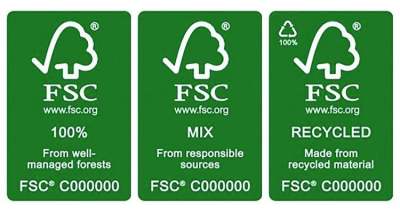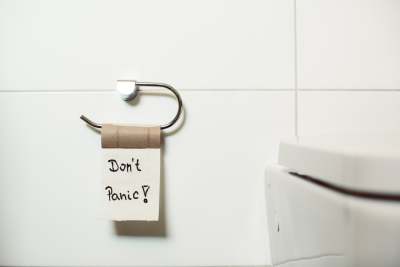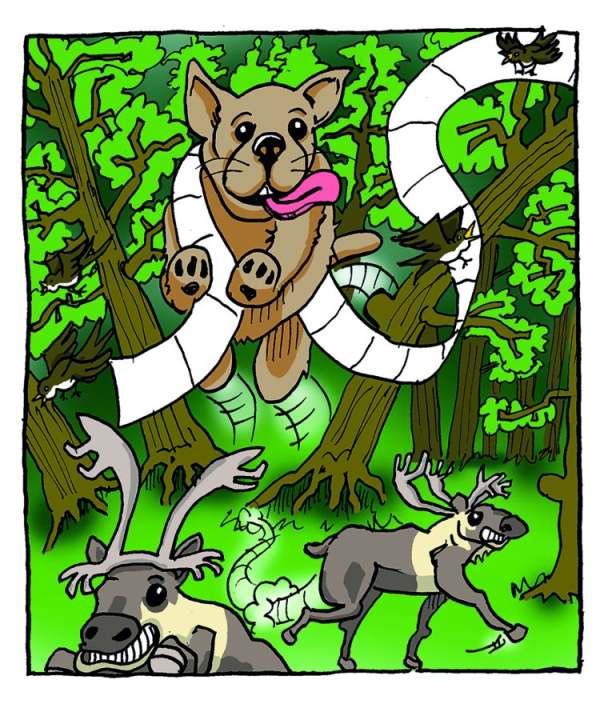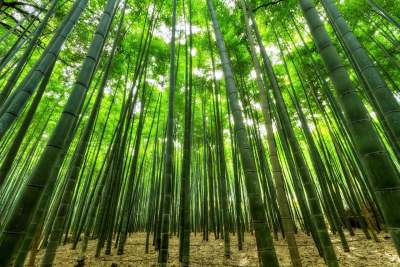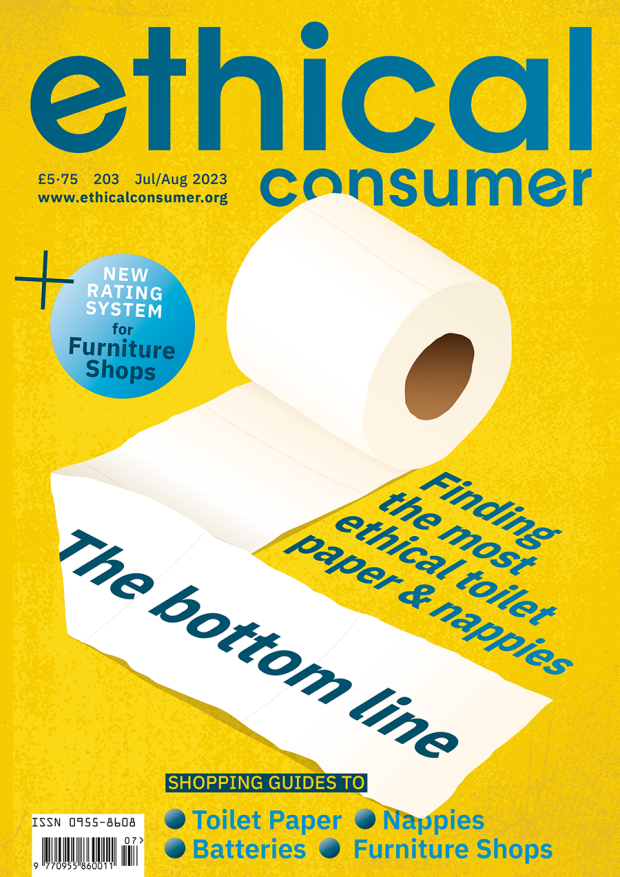Is there an ethical toilet paper?
With one very well-known brand languishing at the bottom of the score table, and a cluster of recommended brands scoring highly, our choice of toilet paper can make a difference ethically and environmentally, especially as we use so much of the stuff.
| We have added an update to the guide following the Which? report on materials found in some bamboo toilet paper. Scroll down to the section on bamboo for more on this. |
In our consumption of toilet paper, the UK is close to leading the world. The average Brit uses 127 rolls per year and 10,385 rolls in their lifetime. In the US, average yearly consumption is 141 rolls per person, whereas in Turkey they get by on 9 and in Nigeria a mere 1. This isn’t something to be proud of.
The pulp and paper industry as a whole is the largest global consumer of virgin wood, using about 35% of harvested trees for the manufacture of paper. It is a major contributor to deforestation and thereby to biodiversity loss, soil erosion, species extinction, and ecosystem disruptions.
It’s among the top five most energy-intensive industries and accounts for approximately 2% of direct industrial CO2 emissions.


